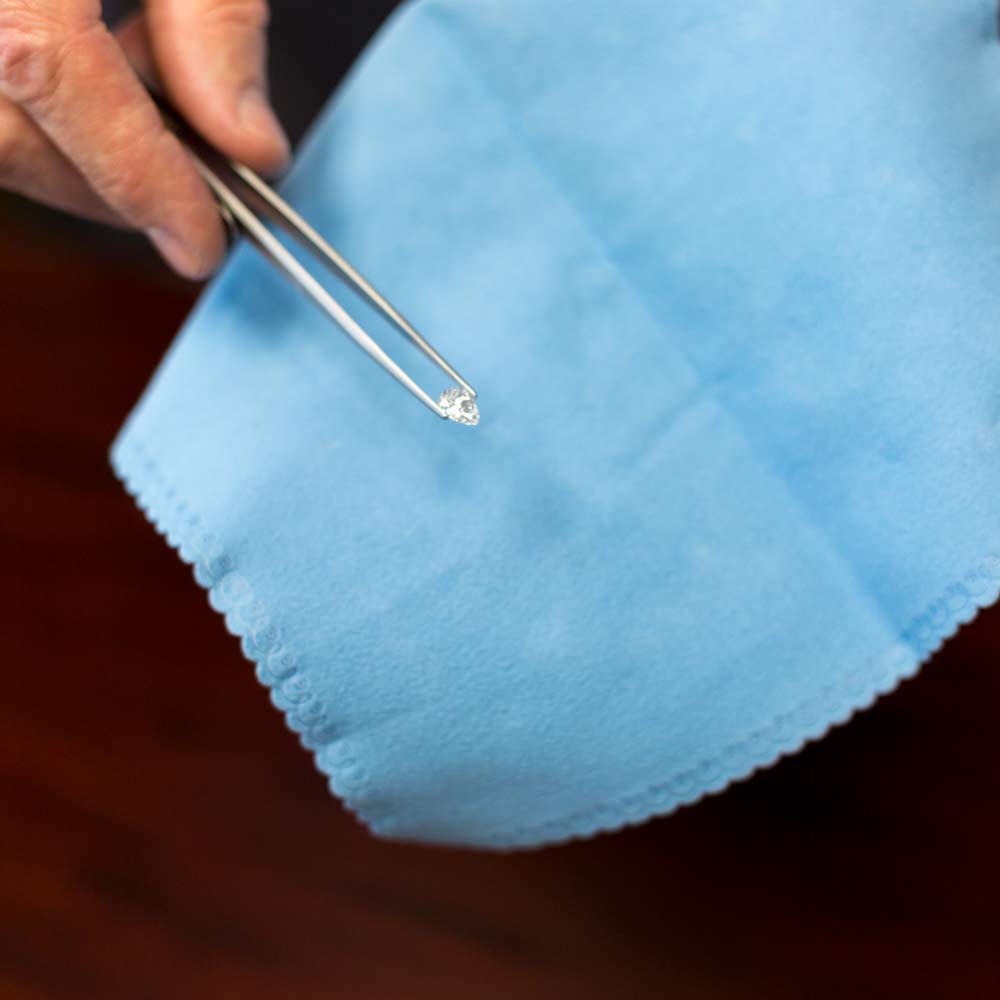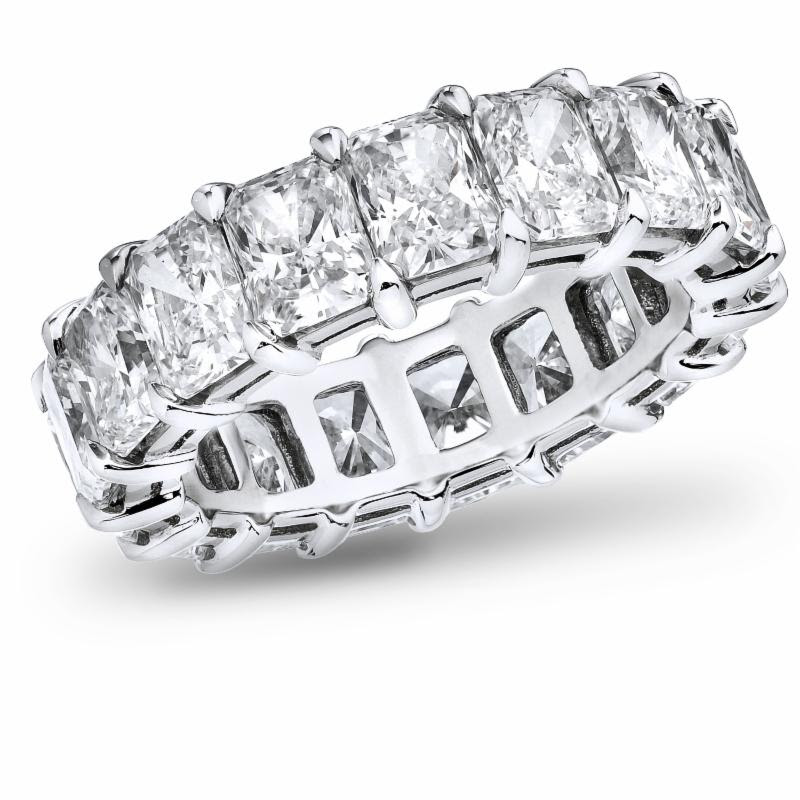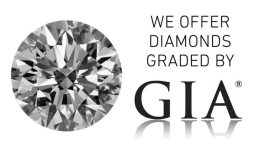
Diamonds Come From The Earth
A natural diamond’s creation began around one to three billion years ago 100 miles below the Earth’s surface. Each natural diamond is made of pure carbon, compressed by Earth’s pressure over time. It is the hardest natural mineral on Earth.
Diamonds are the oldest thing you will ever touch...
The first diamond was discovered in an Indian cave nearly 4,000 years ago. But what about the diamond journey? That began billions of years before, making a natural diamond the oldest thing you’ll ever touch. A natural diamond’s markings and inclusions are symbols of their age, and can be considered small time capsules that tell stories of the Earth’s formation.
The Rarity of Natural Diamonds
Diamonds are becoming more rare every day. Only one significant deposit has been found in decades. Now, there are so few one carat diamonds being recovered each year, the amount would fill only one exercise ball. Therefore, they are becoming increasingly more valuable each day.
To keep up with the demand while resources diminish, scientists have started creating replicas — from lab grown diamonds to simulated diamonds made of glass. Even though a laboratory-grown diamond has the same chemical makeup as a natural diamond, their mass-produced origins are easily detected and prevent them from maintaining any real value.

Diamonds Are A Symbol of Love
Frequently Asked Questions About Diamonds
Natural diamonds obtain their value from their uniqueness and rarity because they are billion-year-old precious gems and older than life itself. Lab-grown diamonds are currently sold at a reduced price compared to naturally mined diamonds, but the cost continues to decline due to mass production. Therefore, lab-created diamonds are reduced to a commodity and have minimal to no resale value.
No. In fact, recent third-party research reveals that natural diamonds produce 3X less carbon emissions per carat than lab-grown diamonds, equal only to the carbon emissions required to produce 3 iPhones. The research also confirms that leading diamond producers recycle on average 83% of water used in diamond recovery. Conversely, manufacturing lab-grown diamonds requires an immense amount of energy to replicate a billion-year-old natural process in just a few weeks, as well as significant water consumption to cool the reactors. Whereas natural diamond producers have independent data to back up their claims, lab-grown diamond manufacturers do not, and were recently warned by the Federal Trade Commission (FTC) about unsubstantiated eco-claims.
Yes. Modern diamond mining provides safe, high-quality, high-paying jobs and puts the safety and well-being of their employees and contractors ahead of any other consideration. There is just one lost-time injury incident per 1,000,000 hours worked within today’s large-scale diamond mining sector. For context, diamond mining is statistically safer than the retail, transportation and power industries.
Today, conflict diamonds, as depicted in the 2006 movie Blood Diamond (set in the 1990s), are virtually eliminated from the market. 99.8% of diamonds are certified conflict-free through the UN-mandated Kimberley Process. To learn more visit worlddiamondcouncil.org.
No. There is no monopoly in today’s diamond market. Today’s largest diamond producers are spread across four continents (Canada, Russia, Africa and Australia) and are either publicly traded corporations or State-owned enterprises. Human fascination with diamonds goes back millennia. In fact, the tips of Cupid’s arrow were dipped in diamonds, and the first diamond ring to signify an engagement was given by the Archduke Maximilian of Austria in the imperial court of Vienna in 1477. Learn More at Total-Clarity.com.






